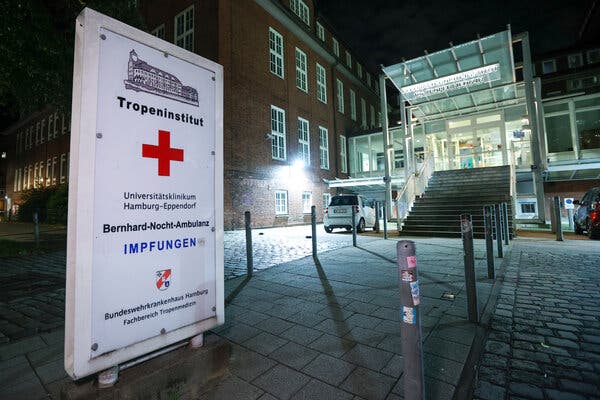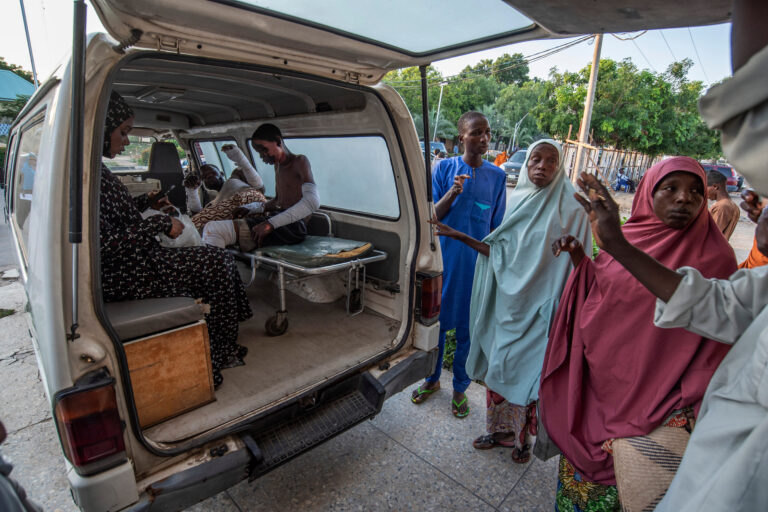In Rwanda, 11 deaths have been reported from this rare but deadly disease. Two people tested negative in Germany this week.

Rwanda is in the midst of an outbreak of Marburg virus disease, a hemorrhagic fever with a high fatality rate that has killed 11 people there this year.
The disease has been found in multiple African countries over the last several decades but never before in Rwanda, in east-central Africa. It was first detected in the country in late September, and since then, 36 cases have been reported, according to the health ministry of Rwanda.
This week, the authorities in Germany closed part of Hamburg’s central train station after a medical student and his companion reported feeling ill. The medical student had had contact with an infected patient while in Rwanda. Both people in Germany tested negative for Marburg, the authorities announced this week, emphasizing that there was no risk to the public.
Here’s what we know about the disease.
What is Marburg virus disease?
Marburg was first detected in 1967, when outbreaks of hemorrhagic fever occurred simultaneously in laboratories in the German cities of Marburg and Frankfurt and in Belgrade, in what is now Serbia. The cases were linked to African green monkeys that had been imported from Uganda. Other cases were later found in Angola, the Democratic Republic of Congo, Ghana, Kenya, South Africa and Uganda, according to the World Health Organization.
The Marburg virus is the pathogen that causes the disease in humans.
The disease is clinically similar to Ebola in its spread, symptoms and progression, although it is caused by a different virus, according to the W.H.O.


